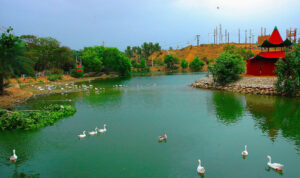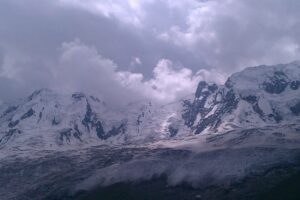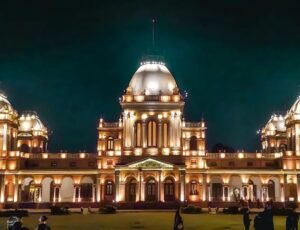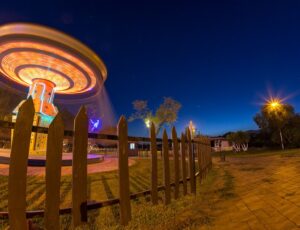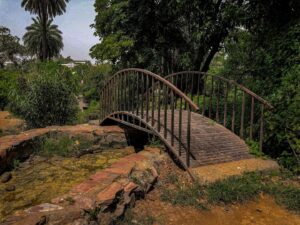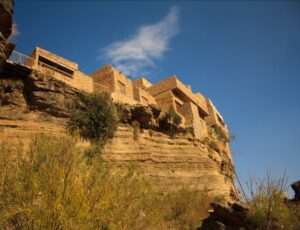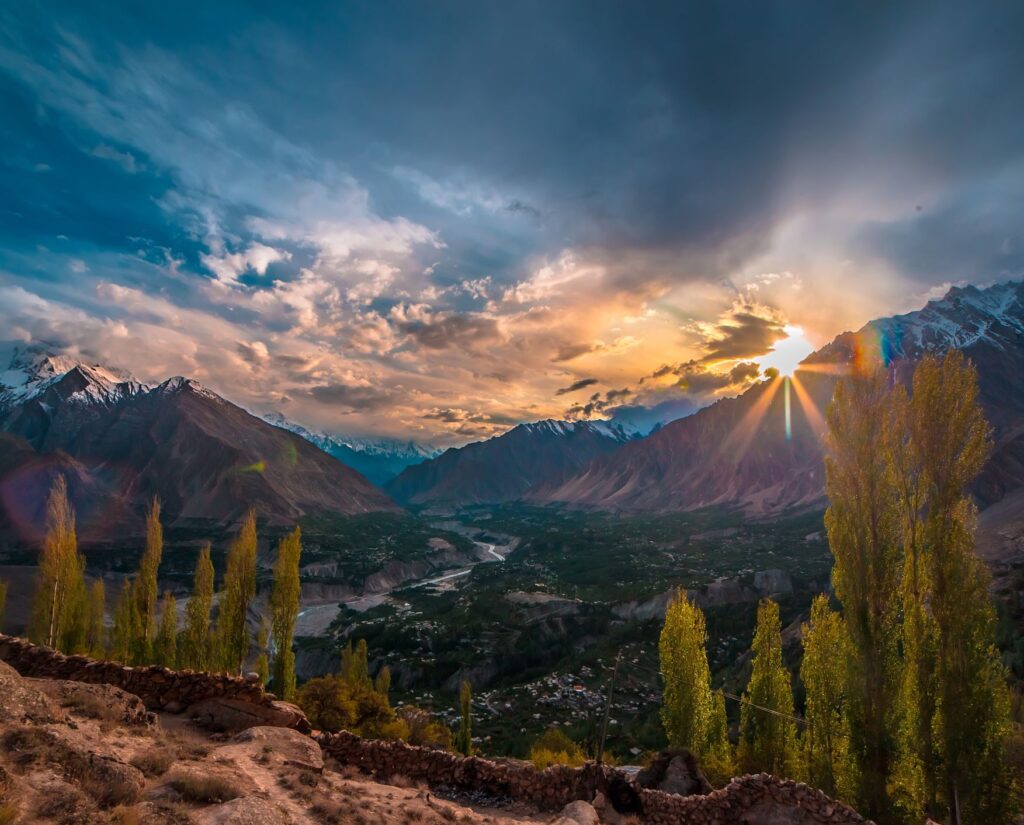
You want to visit paradise!..so let’s go to Hunza Valley Pakistan. This Valley is above 2438 meters from sea level and called the “Paradise of the World”. Located in Gilgit-Baltistan, this gem is a magnetic attraction for tourists. Once you get there, you’ll see why everyone cal this a piece of heaven on earth.
The Karakoram Highway winding like a snake between mountains is one of the wonders of the world.
Traveling on this road is like stepping into another world. The mountains, rivers and lakes here add to the beauty in a way that dazzles the eyes.
Some tourist spots in Hunza Valley are as follows:
Rakaposhi Peak:
Rakaposhi is a mountain located in the Karakoram Range of Pakistan. Its the 27th highest mountain in the world.With an elevation of 7,788 meters (25,551 feet).It is one of the most beautiful mountains in the world. Meaning of “Rakaposhi” in local language is “shining wall”.
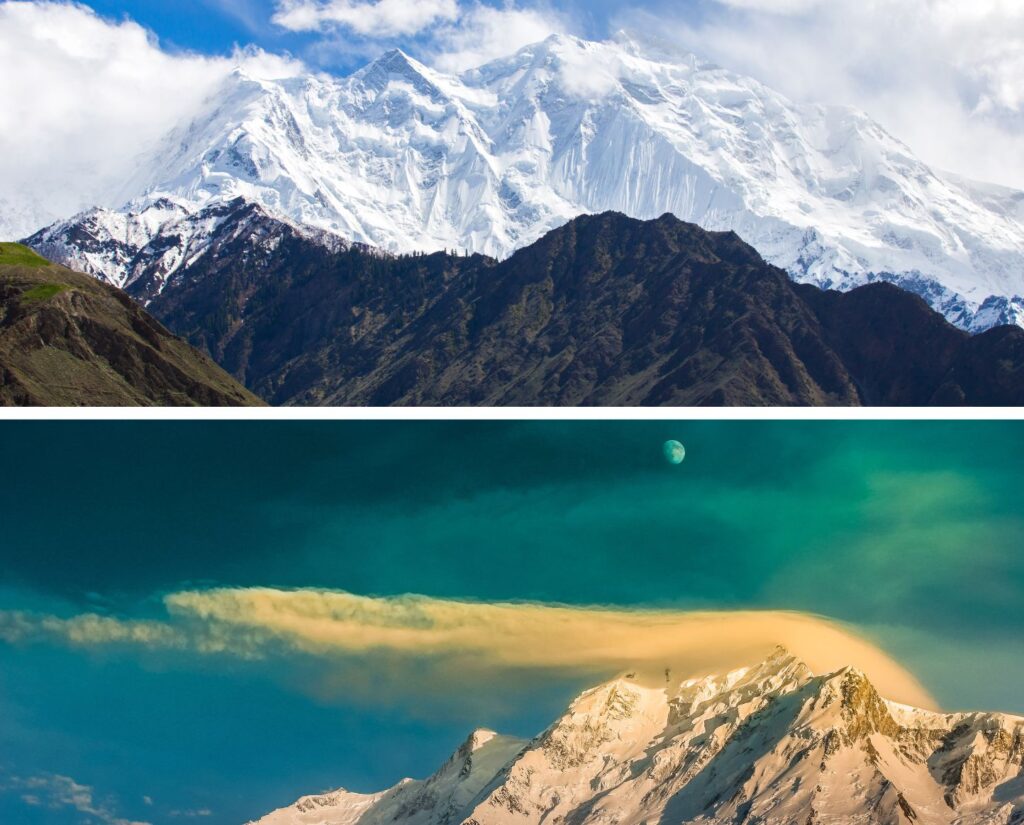
It is a popular destination for trekkers and climbers and attracts visitors from around the world. Its widely regarded as one of the most beautiful mountains in the world due to its unique features and stunning natural beauty. Some of the aspects that make it so strikingly beautiful are:
Majestic appearance:
Rakaposhi rises sharply above the surrounding terrain, and its impressive height and steepness make it an awe-inspiring sight.
Snow-capped peak:
Snow covers Rakaposhi’s peak throughout the year, giving it a pristine and pure appearance.
Glaciers:
Several Glaciers are in surrounding of this Mountain, which are also popular attractions for visitors.
Reflection:
On clear days, Rakaposhi’s reflection can be seen in the nearby Lake Borith. Its providing a stunning and unique perspective of the mountain.
Karimabad Hunza Valley
Karimabad is a town located in the Hunza Valley District of the Gilgit-Baltistan on the banks of the Hunza River is surrounded by the majestic Himalayan and Karakoram mountain ranges. It has scenic beauty and rich cultural heritage.
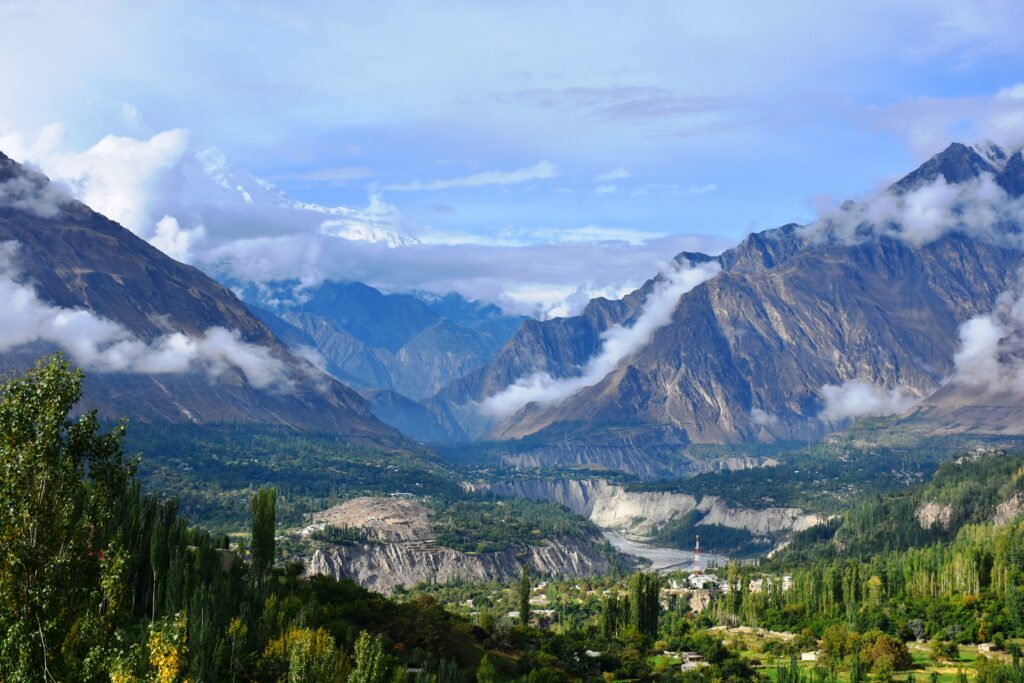
Karimabad is a traditional bazaars. Which are bustling with activity and offer a wide range of local handicrafts, textiles, and food. The town is also a popular base for trekking and mountaineering expeditions, with many peaks over 7,000 meters located in the surrounding area.
Overall, Karimabad is a fascinating and beautiful destination for those interested in exploring the natural and cultural wonders of northern Pakistan.
Altit Fort

Altit Fort is a historic fort, which was built over 900 years ago. It served as the residence of the local rulers for many centuries. Today, the fort has been restored and turned into a museum. Altit Fort offering visitors a glimpse into the local culture and history of the region
Baltit Fort
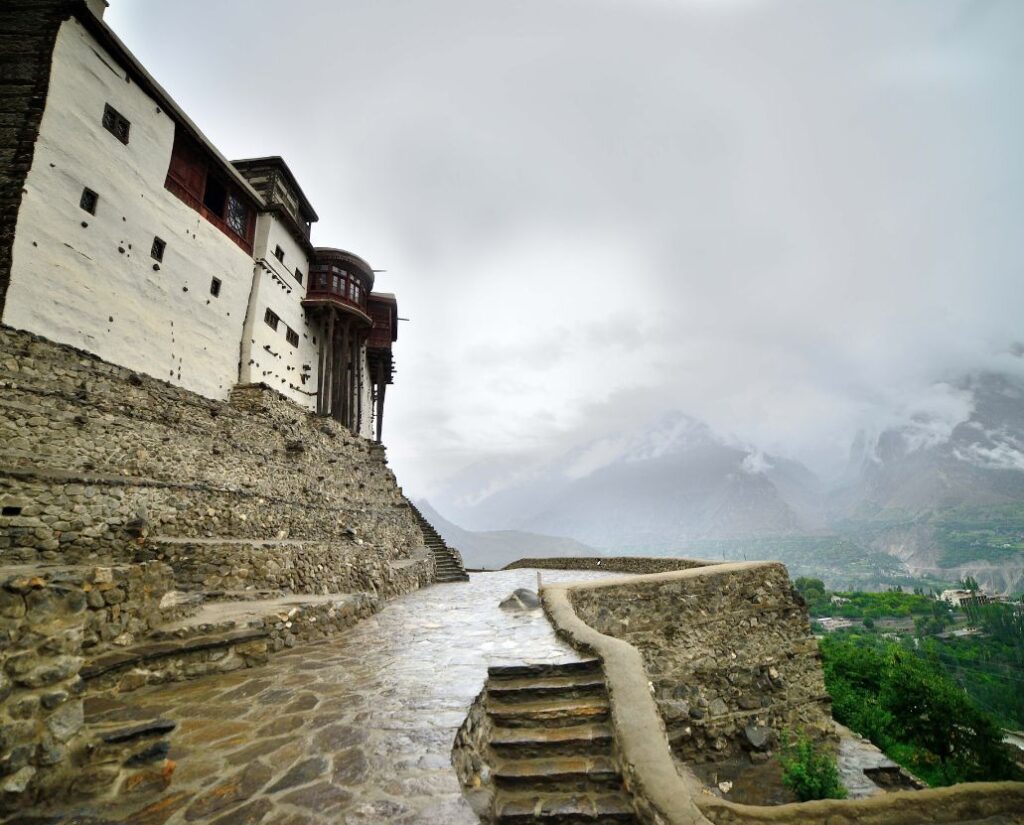
Baltit Fort is a historic fort located in the town of Karimabad, in the Hunza Valley of Gilgit-Baltistan, Pakistan. The fort dates back over 700 years. It was originally built as a palace for the local Mirs (rulers) of Hunza. Over the centuries, the fort was expanded and renovated several times.last major renovation taking place in the early 20th century. Last major renovation took place in the early 20th century.
Today, Baltit Fort is a popular tourist attraction The fort houses a museum that showcases the history, culture, and traditions of the Hunza Valley. Visitors can explore the various rooms, courtyards, and terraces of the fort, which offer stunning views of the surrounding mountains and valleys.
Attabad Lake
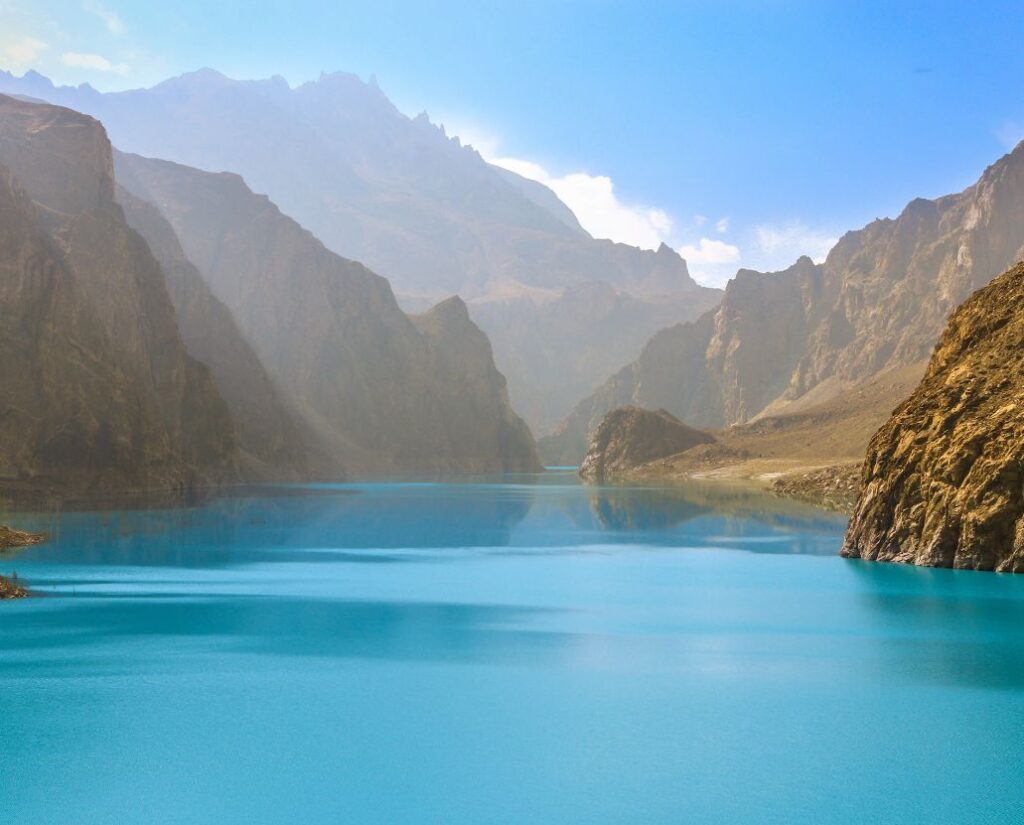
Attabad Lake is a beautiful lake located in the Hunza Valley of Gilgit-Baltistan, Pakistan. It was formed in 2010 as a result of a massive landslide that blocked the flow of the Hunza River and created a natural dam. The name of this lake is one the name of nearby village of Attabad.
Attabad Lake has stunning turquoise-blue waters, which are surrounded by towering mountains and rugged terrain. The lake has become a popular tourist destination and offers a range of activities, including boating, fishing, and hiking. Visitors can also take a ferry across the lake to explore the various villages and towns in the area.
The creation of Attabad Lake also caused some challenges for the local population, as it flooded several villages and cut off the only road link between Pakistan and China. However, a new road and a tunnel have been constructed to bypass the affected area, which has helped to improve connectivity and boost the local economy
Rush Lake
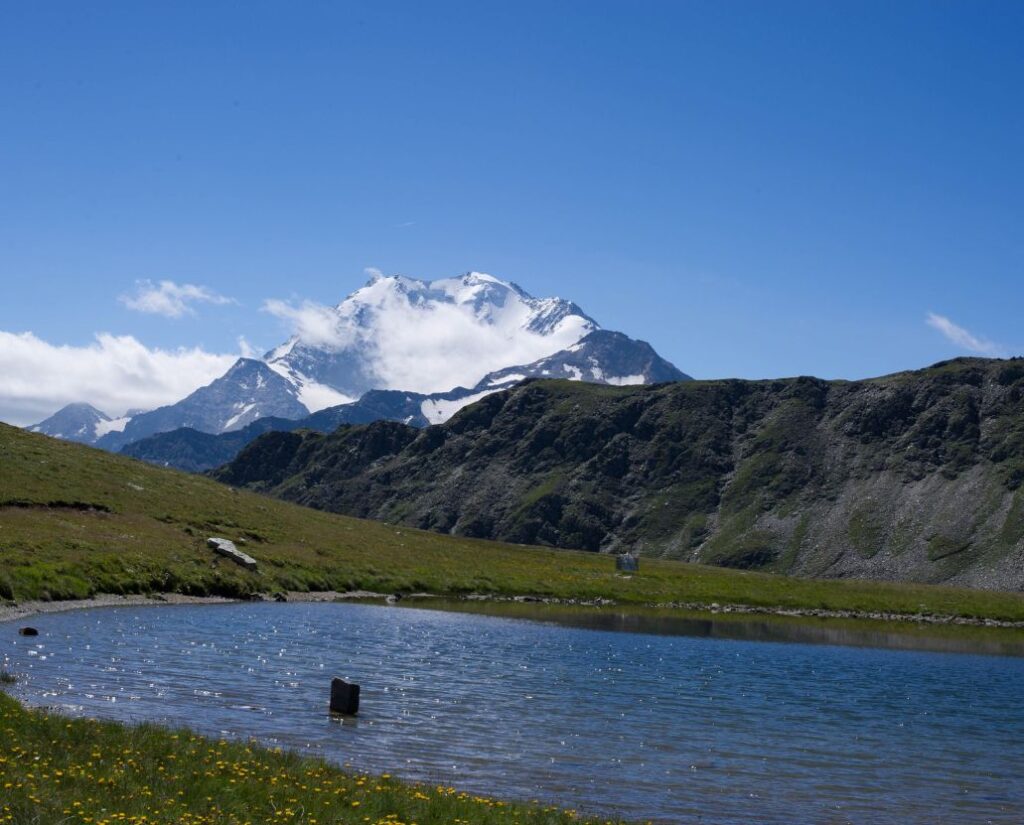
Rush Lake is a high-altitude lake located in the Nagar Valley of Gilgit-Baltistan, Pakistan. It is one of the highest lakes in the world, with an altitude of over 15,400 feet above sea level. The lake is surrounded by the majestic snow-capped peaks of the Karakoram Range, including the famous Spantik Peak.
Rush Lake is a popular destination for hikers and trekkers, who make the challenging journey to the lake to enjoy its stunning natural beauty. The trek to Rush Lake is one of the most scenic and rewarding treks in the region, as it offers breathtaking views of the surrounding mountains and valleys.
Visitors to Rush Lake can camp by the lake or stay in the nearby villages. Where they can experience the local culture and hospitality of the people of the Nagar Valley. The best time to visit Rush Lake is from June to September when the weather is mild and the trekking conditions are favorable.
Khunjerab Pass
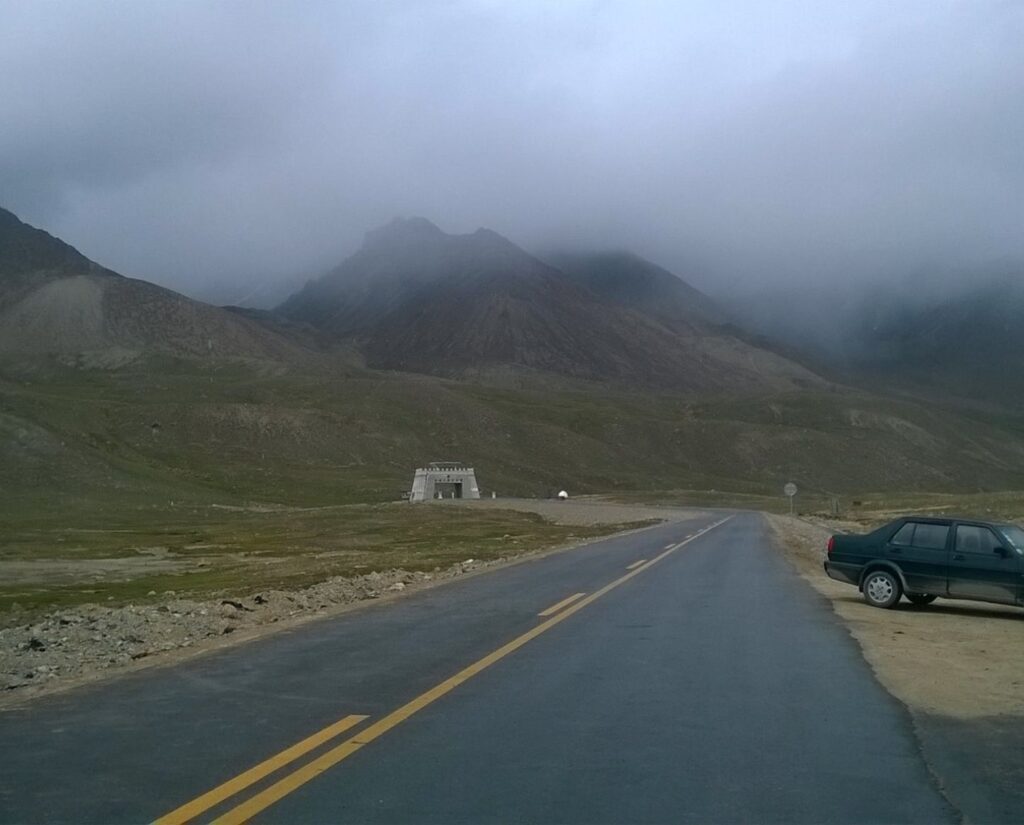
Khunjerab Pass is a high mountain pass located on the border between Pakistan and China. It is one of the highest roads in the world, with an elevation of over 15,000 feet (4,693 meters) above sea level. This pass connects the Pakistani province of Gilgit-Baltistan with China’s Xinjiang region and is a part of the Karakoram Highway, which has spectacular mountain scenery and challenging terrain.
Khunjerab Pass is a strategic location for trade and commerce between Pakistan and China, as it is a part of the China-Pakistan Economic Corridor (CPEC) and the Belt and Road Initiative (BRI). The pass is also a popular tourist destination, offering stunning views of the surrounding mountains, glaciers, and valleys.
Visitors to Khunjerab Pass need a special permit to cross the border between Pakistan and China. This pass is only open for a few months each year due to heavy snowfall and harsh weather conditions. The best time to visit Khunjerab Pass is from May to November when the road is open and the weather is relatively mild.
Gulmit
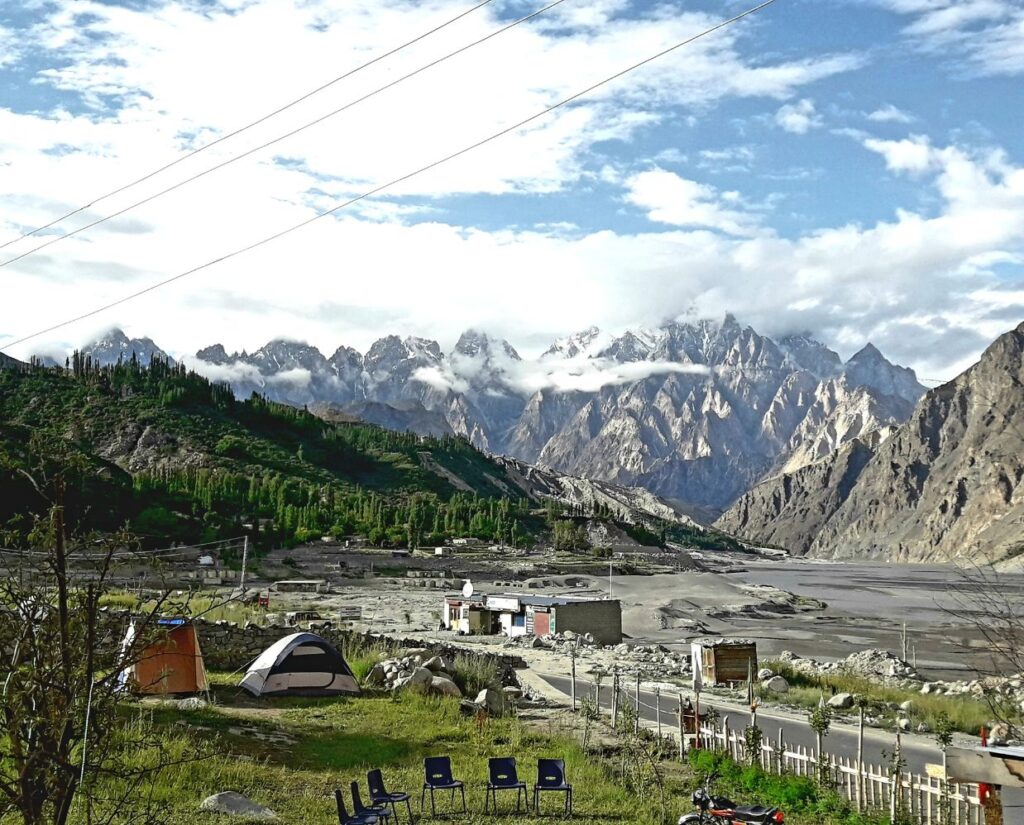
Gulmit is a scenic town located in the Hunza Valley of Gilgit-Baltistan, Pakistan. Its the administrative center of the Gojal Tehsil. It is above an altitude of over 7,500 feet (2,300 meters) above sea level. The town is surrounded by towering mountains, glaciers, and rivers, making it a popular destination for outdoor enthusiasts.
Gulmit has a rich cultural heritage and traditional architecture. Many of its buildings and homes are construct with local materials such as wood and stone. Visitors to Gulmit can explore the town’s narrow streets and alleyways, visit its historic mosques and cultural centers, and learn about the local way of life.
Gulmit is also a popular base for trekking and mountaineering expeditions, with several notable peaks located in the surrounding area, including Passu Peak, Shispare Peak, and Distaghil Sar.
Borith Lake

Borith Lake is a beautiful high-altitude lake located in the Gojal Valley of Gilgit-Baltistan, Pakistan. It is located at an altitude of over 8,000 feet (2,600 meters) above sea level and is fed by the surrounding glaciers and snow-capped peaks.
Borith Lake has crystal-clear waters, which reflect the surrounding mountains and sky, creating a breathtakingly beautiful landscape. The lake has lush green pastures and meadows and is a popular destination for nature lovers, hikers, and photographers.
Visitors to Borith Lake can enjoy a range of activities, including boating, fishing, and camping. The lake is home to several species of fish, including trout, and is a popular spot for fishing enthusiasts. The surrounding hills and mountains offer numerous hiking trails, with stunning views of the lake and the surrounding peaks.
Borith Lake is also an important stopover for migratory birds and is home to a variety of wildlife, including Himalayan ibex, snow leopards, and brown bears. The best time to visit Borith Lake is from May to September when the weather is mild and the lake is accessible
Eagle Nest
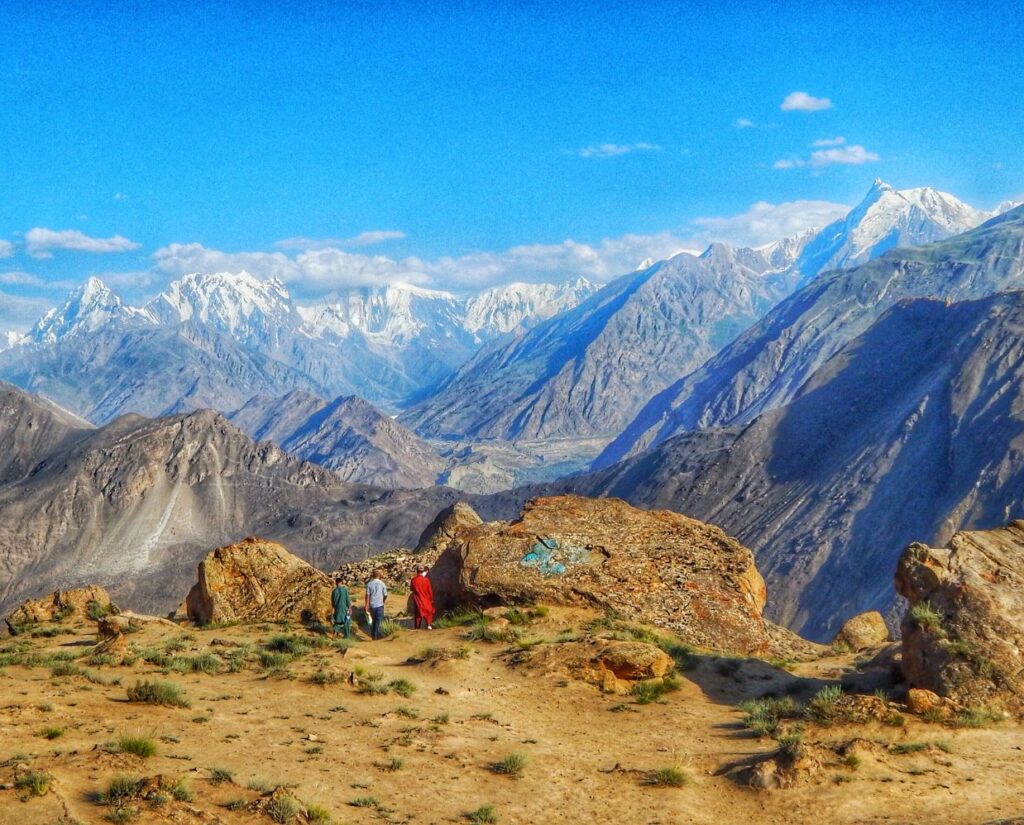
Eagle’s Nest is a popular viewpoint located in the Hunza Valley of Gilgit-Baltistan, Pakistan. It is above an altitude of over 9,000 feet (2,700 meters) above sea level and offers stunning views of the surrounding mountains and valleys.
The viewpoint is named after the birds of prey, such as eagles, that are often seen soaring above the mountains in the area. Visitors to Eagle’s Nest can enjoy panoramic views of the Hunza Valley, including the town of Karimabad and the Rakaposhi and Ultar peaks.
The hike to Eagle’s Nest is steep and challenging, but it is well worth the effort for the breathtaking views. Along the way, hikers will pass through lush green forests and meadows and can stop at several small tea shops and stalls selling souvenirs.
Eagle’s Nest is a popular spot for photography, and many visitors come at sunrise or sunset to capture the dramatic light and colors of the landscape. It is also a great place to relax and enjoy a picnic or a cup of tea while taking in stunning views.
Shimshal Valley
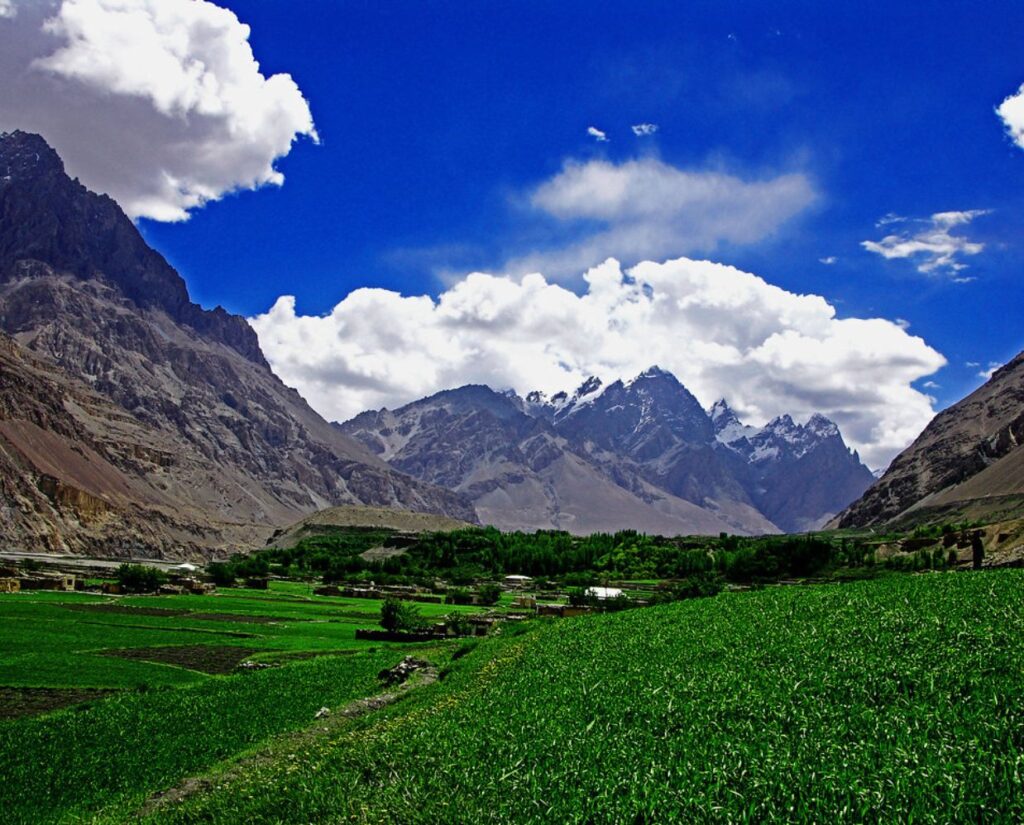
Shimshal Valley is a high-altitude valley located in the Karakoram mountain range of Gilgit-Baltistan, Pakistan. The valley is above an elevation of over 10,000 feet (3,000 meters) above sea level and is home to several small villages.
The valley has stunning natural beauty, with towering mountains, glaciers, and crystal-clear streams. It is also home to a diverse range of wildlife, including snow leopards, ibex, and brown bears.
Shimshal Valley is a popular destination for trekking and mountaineering, with several notable peaks located in the surrounding area, including Minglik Sar, Pamiri Sar, and Yazghil Sar. The valley is also home to several high-altitude lakes, including Shimshal Lake and Khurdopin Glacier Lake.
Visitors to Shimshal Valley can experience the traditional way of life of the local people, who are the best for their hospitality and warm welcome. The village of Shimshal is the largest in the valley and is home to several historic buildings, including a mosque and a traditional community house.
The best time to visit Shimshal Valley is from June to September when the weather is mild and the valley is accessible. The valley is a remote and isolated region, and visitors should be prepare for a challenging journey to reach it. However, for those who are willing to make the effort, Shimshal Valley offers a truly unforgettable experience.
Chipursan Valley
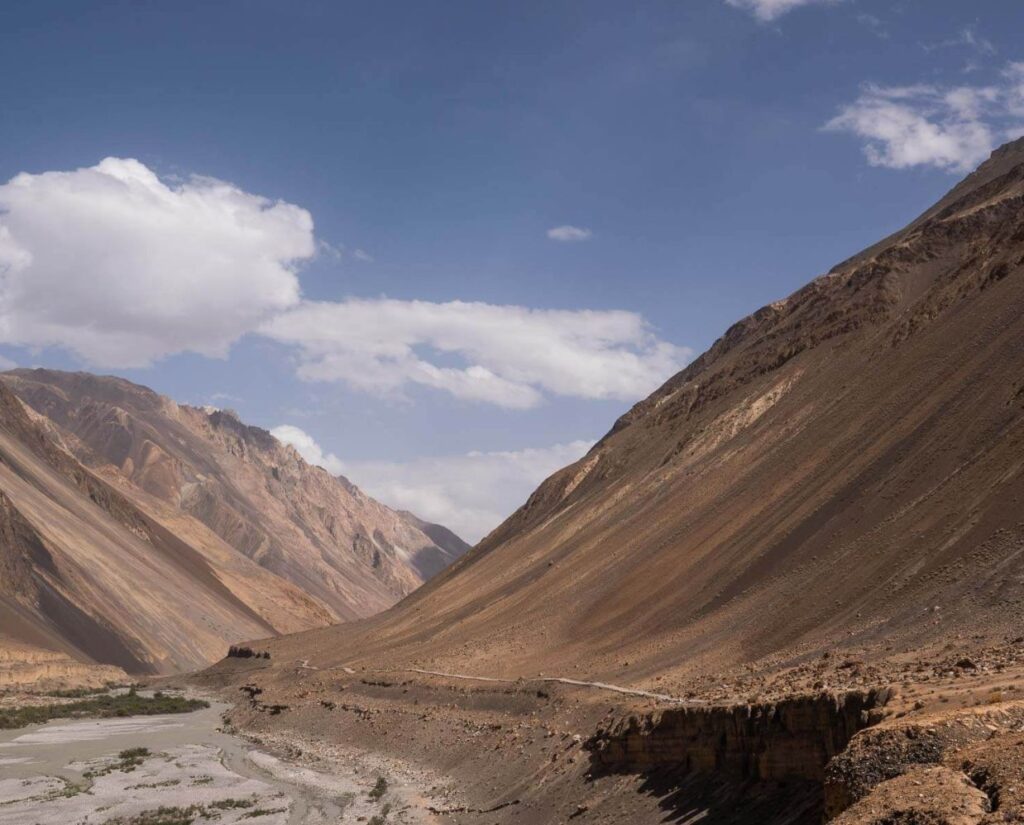
Chipursan Valley is a high-altitude valley located in the northernmost part of Gilgit-Baltistan, Pakistan. The valley is situated at an elevation of over 12,000 feet above sea level and is surrounded by towering mountains, including several peaks over 20,000 feet high.
The stunning natural beauty of the valley includes crystal-clear streams, green pastures, and glaciers. It is also home to a diverse range of wildlife, including the snow leopard, ibex, and Marco Polo sheep.
Chipursan Valley is a popular destination for trekking and mountaineering, with several notable peaks located in the surrounding area, including Koyo Zom, Yazghil Sar, and Shispare. The valley is also home to several high-altitude lakes, including Karambar Lake and Lashkargaz Lake.
The Wakhi people are descendants of Persian-speaking migrants who settled in the region over 800 years ago.
The best time to visit Chipursan Valley is from June to September when the weather is mild. Visitors should prepare for a challenging journey to reach the remote and isolated valley. However, for those who are willing to make the effort, Chipursan Valley offers a truly unforgettable experience.
Misgar Valley:
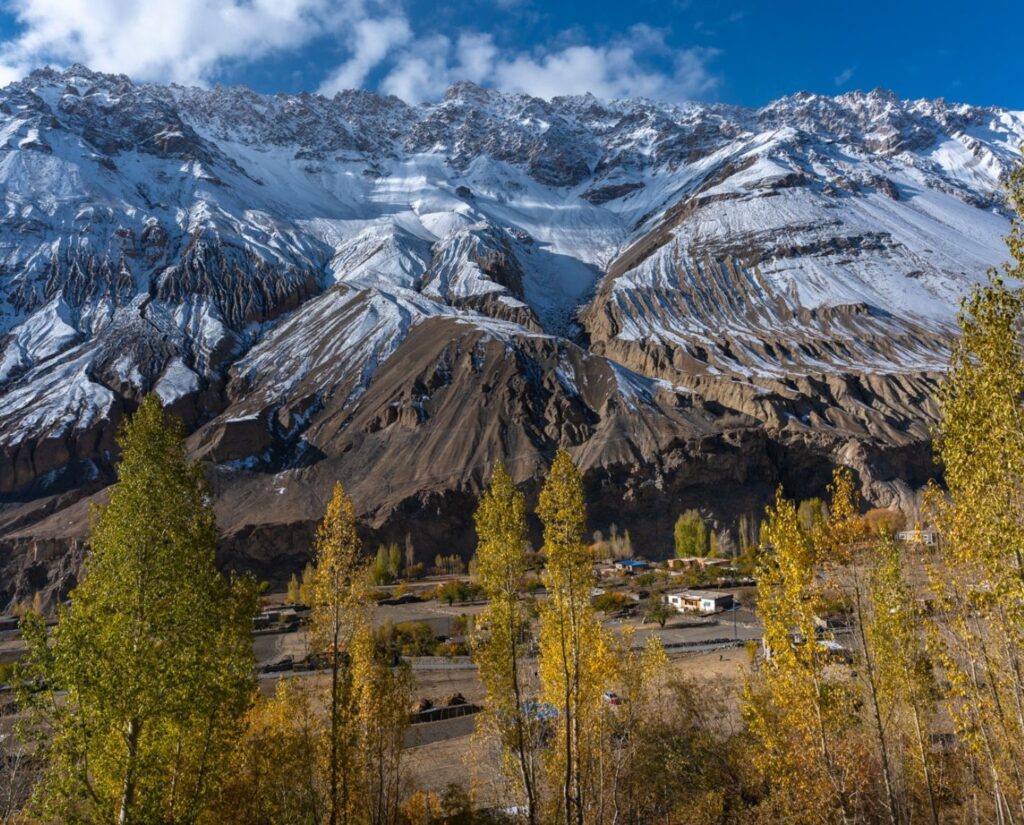
Misgar Valley is a scenic valley located in the Gojal region of Gilgit-Baltistan, Pakistan. This valley is above an altitude of over 8,000 feet above sea level.
Misgar Valley has a natural beauty, with crystal-clear streams, lush green meadows, and terraced fields. It is also home to several notable landmarks, including the historic Misgar Fort, which dates back to the 16th century.
Visitors can experience the traditional way of life of the Wakhi people who are the main inhabitants of the region. These people are unique cultures and the best hospitality. The visitors can enjoy traditional Wakhi food and hospitality during their stay.
Misgar Valley is a popular destination for trekking and hiking. With several notable peaks located in the surrounding area, including Yazghil Sar and Lupghar Sar. The valley is also home to several high-altitude lakes, including Ghulkin Glacier Lake and Borith Lake.
The best time to visit Misgar Valley is from June to September. When the weather is mild and the valley is accessible. The valley is a remote and isolat. However, for those who are willing to make the effort, Misgar Valley offers a unique and unforgettable experience.
Boibar Valley:
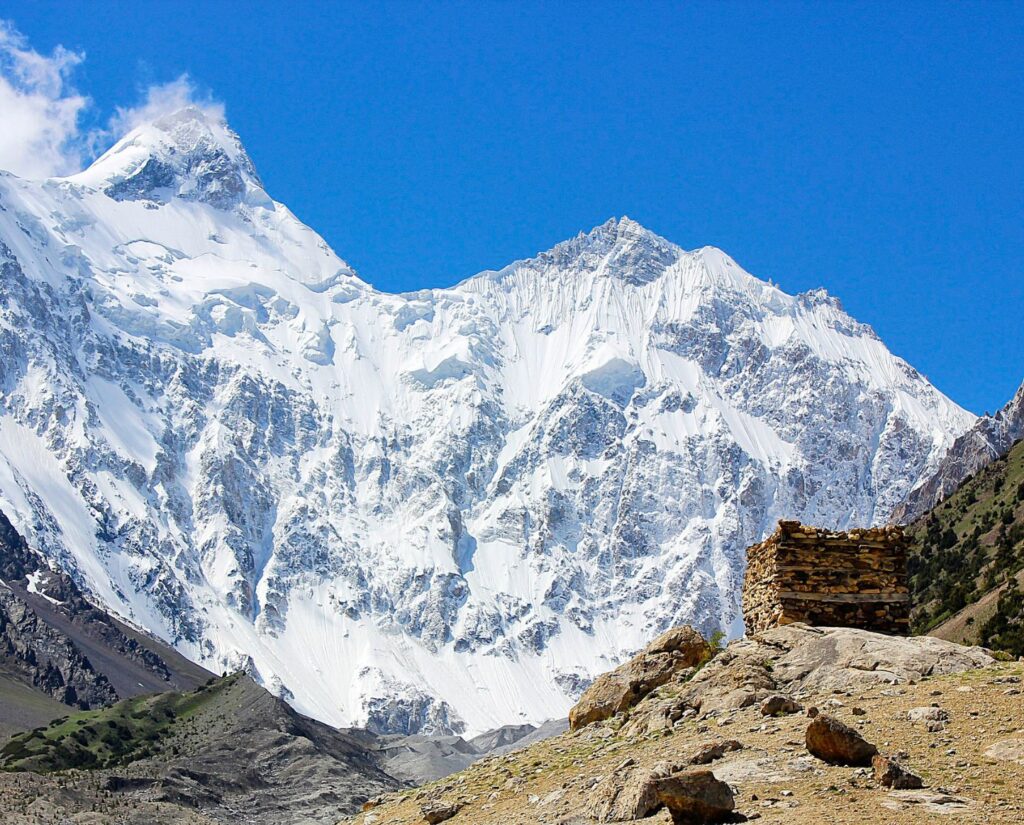
The valley of Avgarch, Boibar, and Piryar once linked Shimshal to Gojal through Qaroon Pass in Moorkhun Valley in Gojal. Qaroon Pass which is over 5,000m was the summer route for Shimshal Valley. From the Jamalabad to the valley of Avgarch crossing footbridges, climbing, jumping, falling, and resting on these impossible slopes. The locals once constructed a well-constructed road, but it got damaged in the 2015 flood disaster. With only a handful of people in the village it’s like a peaceful retreat.
This oldest Wakhi settlement has a lot of historical buildings made out of raw stone and wood. Each ruin tells a story and it’s best to hear it from the locals.
Boibar is an east-west valley. Whose river descends from Qarũn Koh (7164m) to the Hunza River at Morkhun 10km south of Sost. Historically significant Wakhi settlement in Gojal with an old route to Shimshal and stunning old-growth juniper trees. Avgarch and Boibar are also names of places in the Wakhan Corridor,suggesting the original inhabitants may have come from Wakhan.
Conclusions
In conclusion, Hunza Valley is a stunning tourist destination in Gilgit-Baltistan, Pakistan, known as the “Paradise of the World.” The valley is surrounded by the majestic Himalayan and Karakoram mountain ranges, and the Karakoram Highway winds its way through this beautiful region. The valley is home to many natural and cultural attractions, including the Rakaposhi Peak, Karimabad Hunza Valley, Altit Fort, Baltit Fort, Attabad Lake, Rush Lake, and Khunjerab Pass. Visitors to the valley can enjoy trekking, mountaineering, boating, fishing, and hiking while experiencing the local culture and hospitality of the people. Hunza Valley is a must-visit destination for those who love nature, adventure, and culture.
